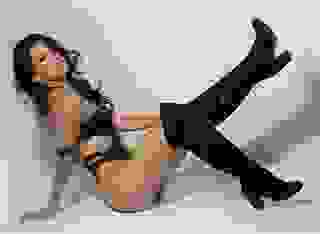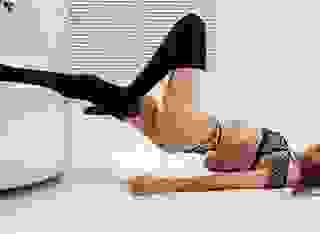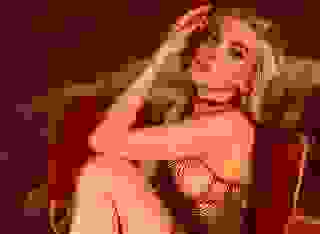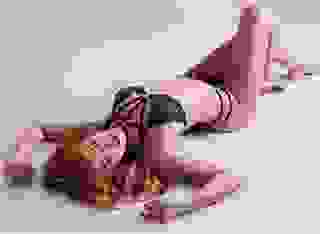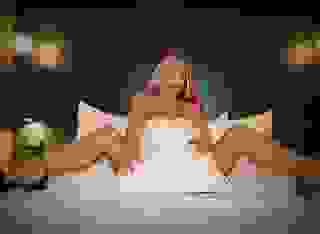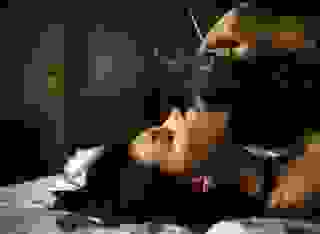- How To
- More on Haiku: Books
Note: You can change font size, font face, and turn on dark mode by clicking the "A" icon tab in the Story Info Box.
You can temporarily switch back to a Classic Literotica® experience during our ongoing public Beta testing. Please consider leaving feedback on issues you experience or suggest improvements.
Click hereOkay, so I have managed to screw up your worldview on haiku. Yes Virginia, there is no Santa Claus and haiku doesn't necessarily have seventeen syllables. And even worse, we have to think about things like anthropomorphism and suchness. Well calm down now folks, we aren't alone in our search for haiku. There are volumes of books on the subject. I will try to touch on a few of these, the ones I have used and found helpful in my studies and writing.
It all goes back to my days in college in the mid-seventies. Yeah, I'm one of those flower child wannabes who was born just a few years late. Anyway, back in college I had some interest in haiku, so I picked up a book. It was a paperback, with an off yellow color. Titled simply The haiku Anthology, it was a nice anthology of some "English Language haiku." Little did I know, back in those days, I bought one of the best haiku books available.
Yes, that simple little anthology has been expanded through three editions to hold over 800 haiku. The book, edited by Cor van den Heuvel, has an excellent preface that discusses the history of English Language haiku and goes into some detail about syllable count, the use of nature and seasons, and more. I recommend that you put this book at the top of your booklist. It is available in paperback for around $15.00 (well worth the price). It had been out of print for some time, so when the newest edition hit the shelves, I think I turned a few heads in the bookstores. Once the people realized it was just me jumping for joy and not some passionate escapade between the bookshelves they turned away again.
Another book I found very helpful in re-learning haiku was The Haiku Handbook, How to Write, Share, and Teach Haiku. This book written by William J. Higginson, with Penny Harter, covers the history of haiku, the art of haiku (including excellent discussions on the basic precepts of the art), teaching haiku, and other forms. It was in reading this book that I began to understand how much I did not really understand in haiku. This book forms some of the basic first steps in learning and re-learning haiku. The last part of the book discusses other forms of Japanese poetry including tanka, haibun, senryu, renga and dodoitsu. And no, I did not dodoitsu on your shoe!
R.H. Blyth -- I let the name here stand alone. If you read my earlier article on suchness, you might have seen the name. Blyth is often quoted when it comes to haiku because he has said so much on the subject. He has written, if I may stoop to infomercial techniques, not one, not two, not three, four or five... but six large volumes on haiku. These include A History of Haiku Vol. One and A History of Haiku Vol. Two, and "Haiku Volumes 1-4".
While these books are out of print (according to Amazon.com) I have seen A History of Haiku, and the first volume of Haiku some available through some Used Bookstores. I was able to pick up the rest of the books at Ebay. I did pay a pretty penny for several of the volumes, but for me it was worth it. The four-volume set starts with Haiku Volume 1, Eastern Culture which discusses the form as written in Japanese. In this volume Blyth discusses the spiritual origins of haiku, the state of mind for haiku, haiku and poetry, the four great haiku poets and the techniques of haiku. He includes hundreds of Japanese haiku as examples throughout all volumes. The other volumes discuss the use of season's in Japanese haiku: Haiku Volume 2, Spring-Summer, Haiku Volume 3 Summer-Autumn, and Haiku Volume 4 Autumn-Winter. I could go on and on about what is good, and bad about these volumes, instead I will close this article with a haiku by my favorite of the four pillars of haiku: Issa.
In the wintry grove,
Echoes
Of long, long ago.
There are several other books that have been published since I first wrote and published this review. The books were written and/or edited by Jim Kacian with several others. I have not had the opportunity to have read the books but, since Jim Kacian was the editor who so graciously took my numerous haiku submissions and took the time the provide such insightful feedback, I had to mention his books.
Haiku in English: The First Hundred Years, edited by Jim Kacian, Philip Rowland, et al. I also note that that a glimpse of red (The Red Moon Anthology of English-Language Haiku) and several books on Haibun are also available. Haibun? you ask, that's a whole another article I'll have to write.
In the meantime, let's keep talking haiku. Watch for more on books in upcoming articles. Until then, thanks for reading. You may want to refer back to my earlier articles published here on Literotica: Not Seventeen, What is Haiku?, More on Haiku: Anthropomorphism, and More on Haiku: Suchness if you have not read them already.
- COMMENTS

